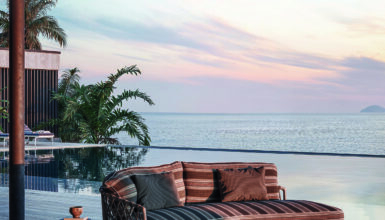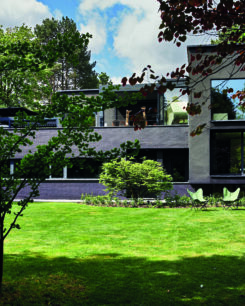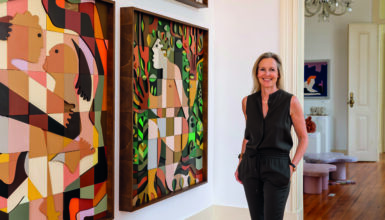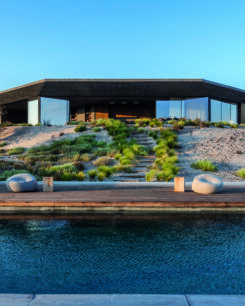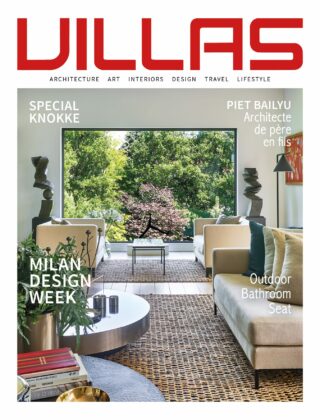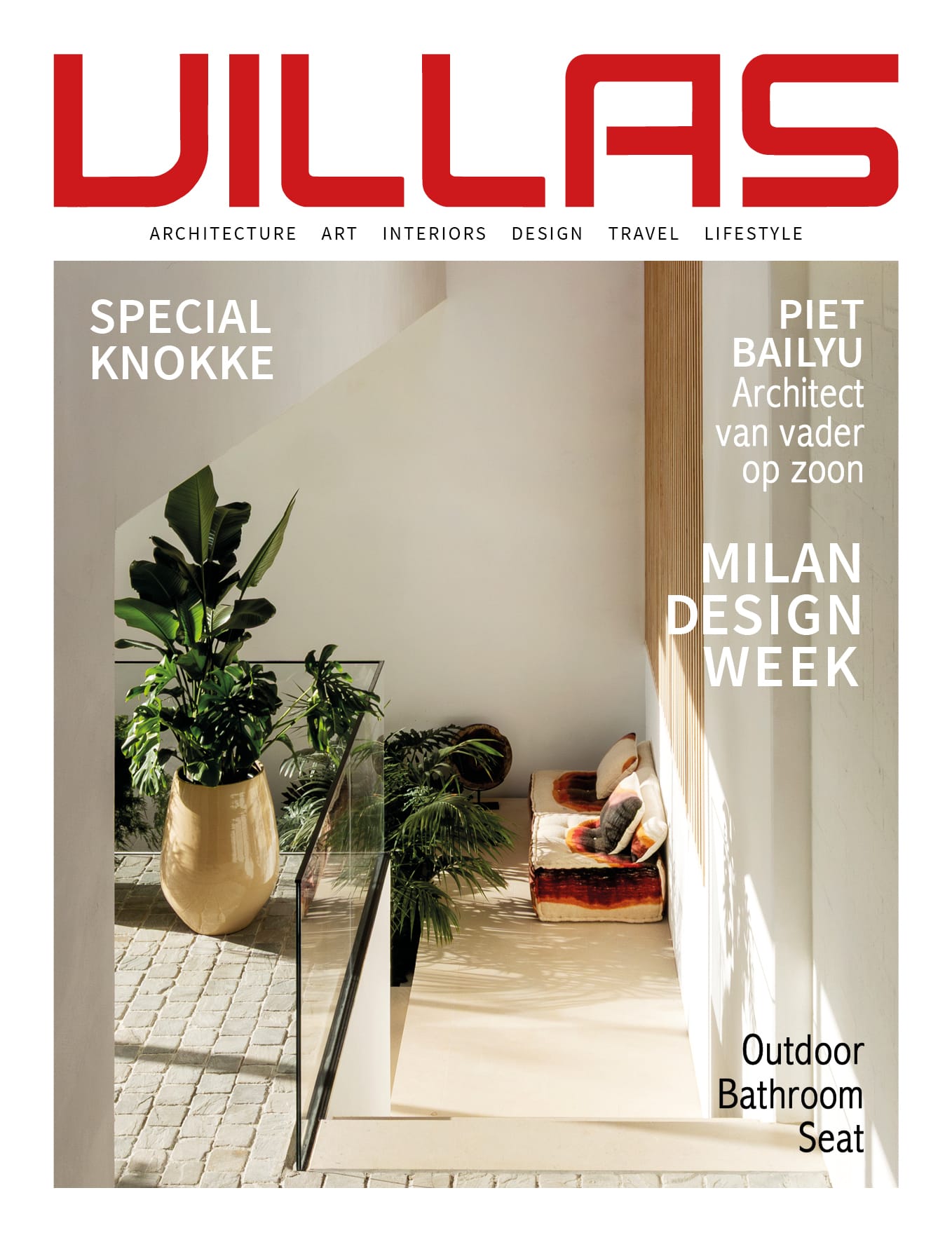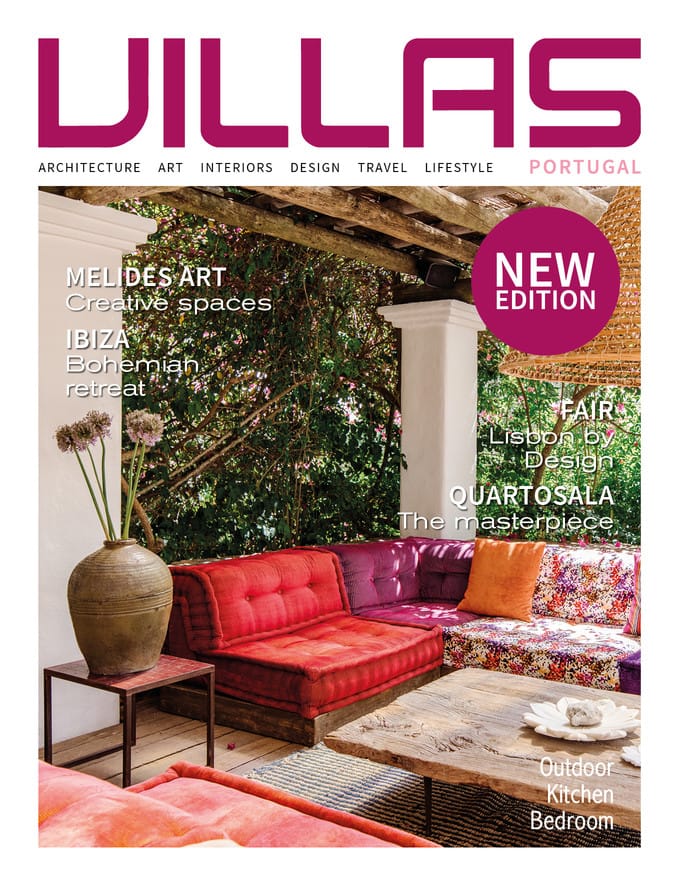Sommaire
The roots of an internationally renowned garden designer
From delivering flowers to repairing house roofs, Luciano Giubbilei raked up experience in all walks of life before becoming one of the most respected contemporary landscape designers, selected time after time by architects and decorators for their clients, as well as by private customers. In 1997, this garden designer opened his own business in London, where he started off as a dealer among the city’s many florists. His eye and style soon led him to take on private and prestigious commissions. Even today, Luciano Giubbilei is inspired by the wild yet lavish spirit of the Italy of his childhood and the Italian landscape masters such as Pietro Porcinai – whose Italian garden aesthetic has been passed down from the atmospheric grounds of the Tuscan Renaissance villas. Luciano Giubbilei regularly collaborates with leading architects, visual artists, sculptors and photographers: the Japanese Kengo Kuma and Keiichi Tahara, the British Nigel Hall and the Swede Carl Bengtsson.
The talent of an award-winning landscape designer applied to furniture
The originality, rigour and diversity of the work of landscape designer Luciano Giubbilei have defined a surprising universe that is as much a reflection of the most famous landscapes and gardens of Italy as of the English style, coupled with a great deal of curiosity. Luciano Giubbilei also likes to diversify his activities. Still on the theme of gardens, he has developed a collection of outdoor furniture with the Belgian designer Nathalie de Leval, who is also based in London. He met her through the intermediary of fashion designer Paul Smith. For the duo, the creation of garden furniture is an integral part of the job of designing and building landscaped gardens. It must be in perfect harmony with the atmosphere, feeling and philosophy of a garden. “Simplicity, clarity, proportion, materiality and craftsmanship” (sic), the fundamental principles behind this range of furniture according to de Leval are also taken up by Giubbilei as part of a brand new project dedicated to the art of ceramics…
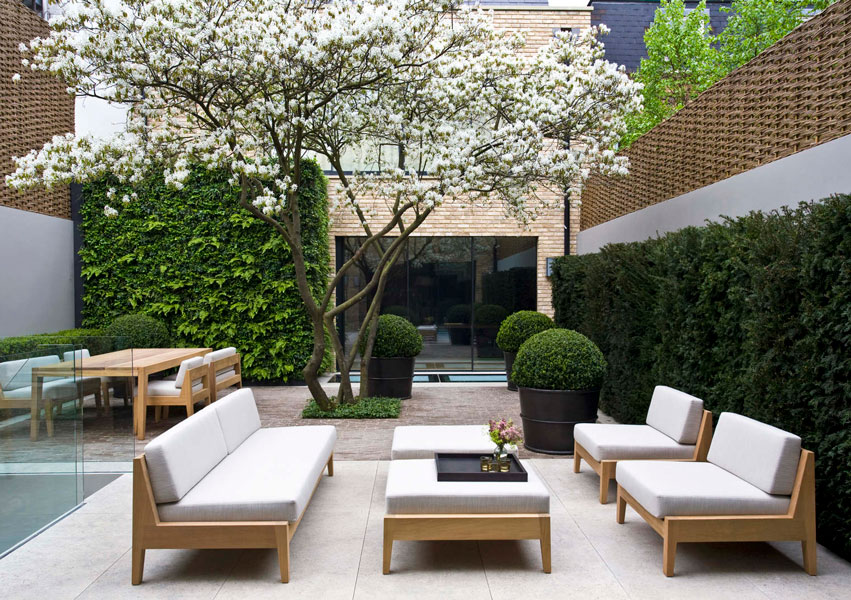
GDL Smith
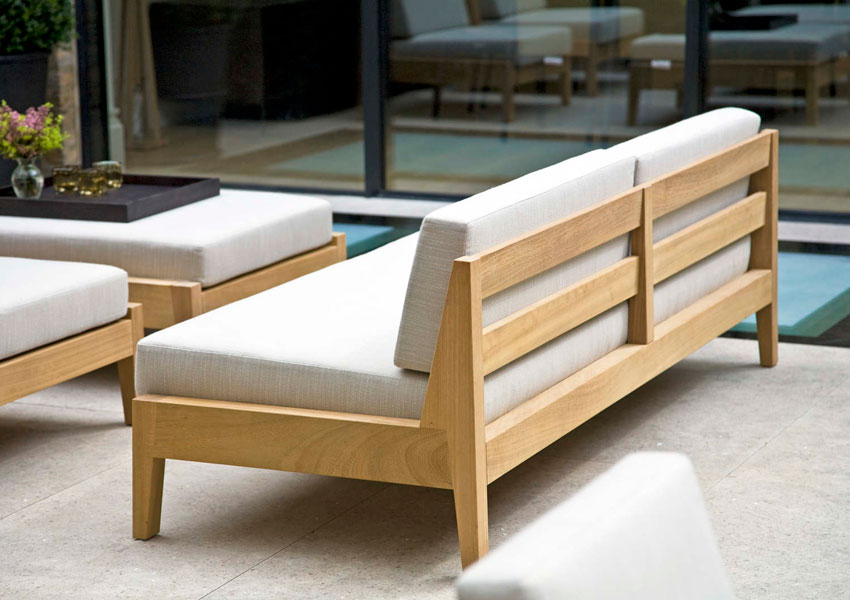
GDL Smith
The eco-responsible project of a designer who turns nature into an experience
The potter’s house that Luciano Giubbilei has bought in the Castilian town of Son Servera, on the Spanish island of Mallorca, is the former residence and workshop of the ceramist Maria Antonia Carrió. An ancient, sober and serene place, surrounded by a natural environment that goes back thousands of years. Now known simply as Potter’s House, the site today hosts an artists’ residency programme. The aim is to revitalise the art of ceramics in the Balearic Islands and to bring together local and foreign creators to foster dialogue and experimentation. Finally, the aim is to enrich the regional production, as well as the land and garden design projects rolled out by the Luciano Giubbilei Studio agency.
This momentum set by Luciano Giubbilei, alternating between large projects and discreet exhibitions, has also prompted the Italian to rethink the way he moves the earth in order to carry out his landscaping, resulting in a desire to create while adding a high environmental value. His own research studio for example, is constantly developing horticultural test beds to observe how the species present in the landscapes he takes on and the new ranges of plants react to each other. His huge organic garden and vineyard in the famous Val d’Orcia in Tuscany has therefore been transformed into an open-air laboratory amidst the valley’s iconic cypress trees. And for a project that is taking him to Virginia, on the American East Coast, he has teamed up with Roy Diblik, a renowned expert on perennial gardens.
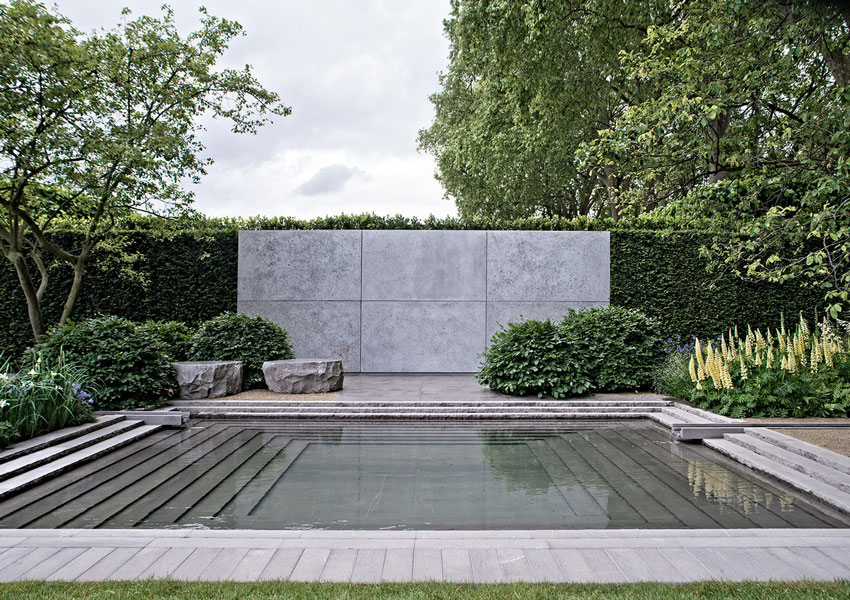
Chelsea
Exploring enchanted landscapes amidst contemporary and traditional architecture
Staying in a Tuscan villa with a garden designed by Luciano Giubbilei is an achievable dream thanks to La Poderina holiday rental in Tuscany. The house, nestled among acres of exceptional landscaped gardens featuring the region’s famous olive groves, boasts a magnificent view of the rolling hills of the Sienese countryside.
It is possible for anyone to push open the garden gate to admire the Italian landscape designer’s creations thanks to a monographic book published in 2016, which also features his plans and sketches. This strikingly beautiful and successful work tells the extraordinary history of the Luciano Giubbilei Studio since its foundation, starting with his work on The Boltons (London, 1999-2000), which the Italian designer raised to another plane by creating green spaces and a large stone terrace. A classical and orderly landscape design, made of yew, boxwood and beech, which paved the way for his work on the Laurent-Perrier garden at the Chelsea Flower Show (London). A naturalist and geometric feat for which the French champagne house won the highest award in the Royal Horticultural Society Flower Show (one of the most famous events in Great Britain). To do so, the landscape designer returned to the source of his first love: the listed garden of Great Dixter in East Sussex.
